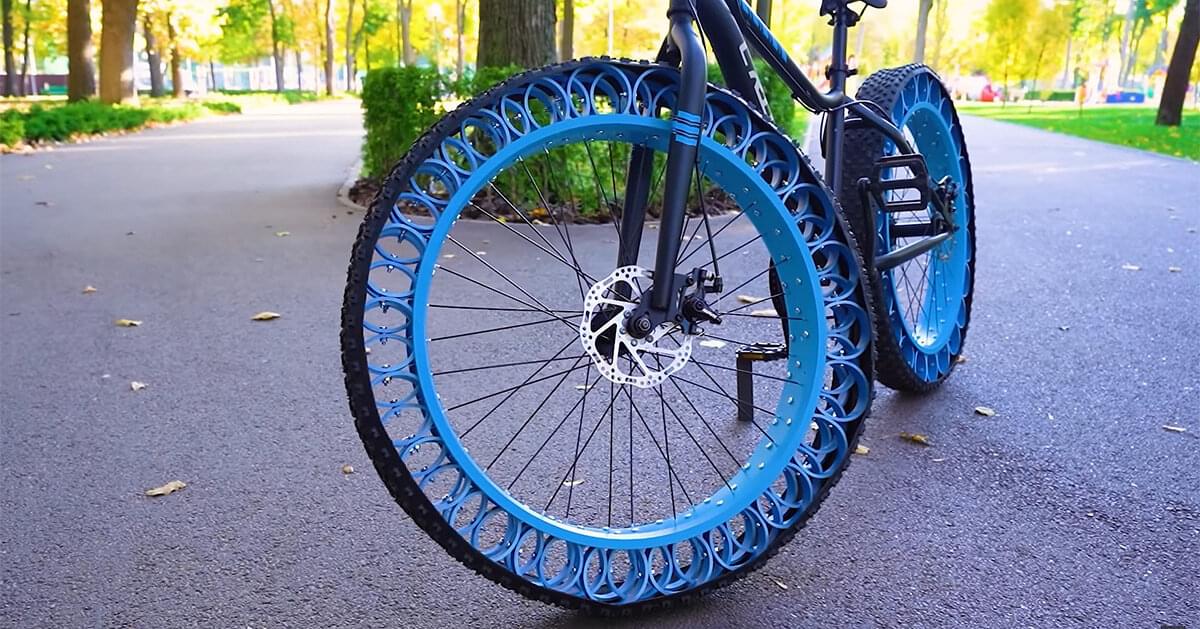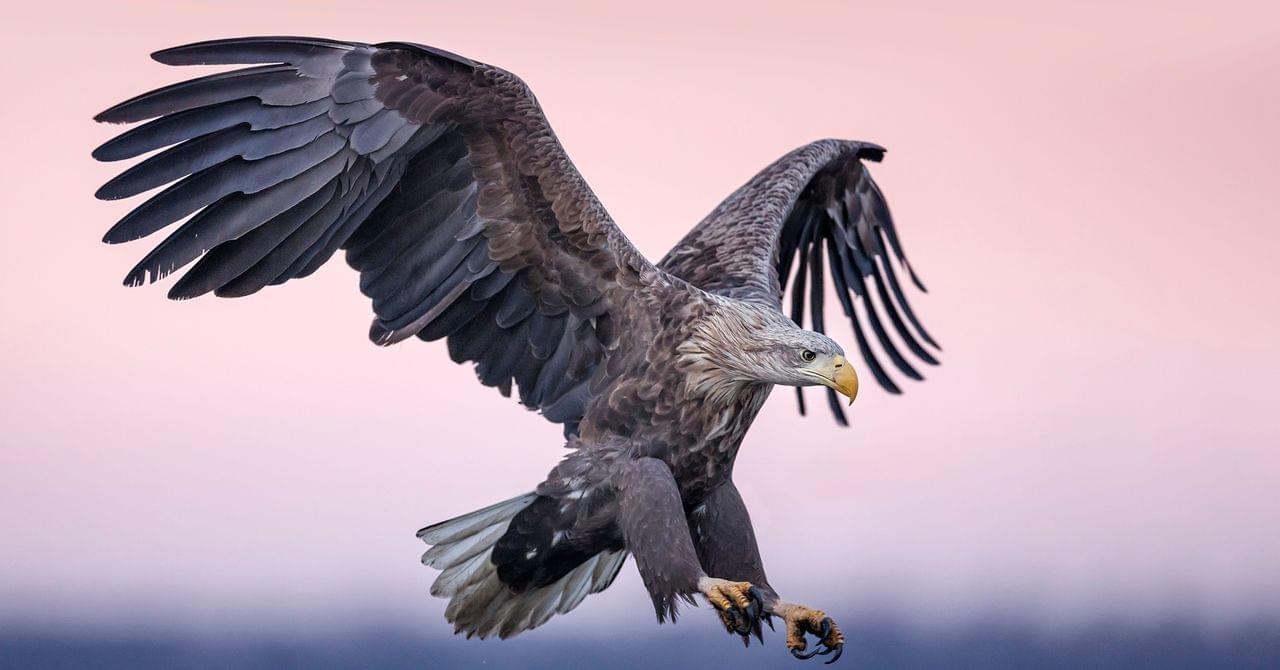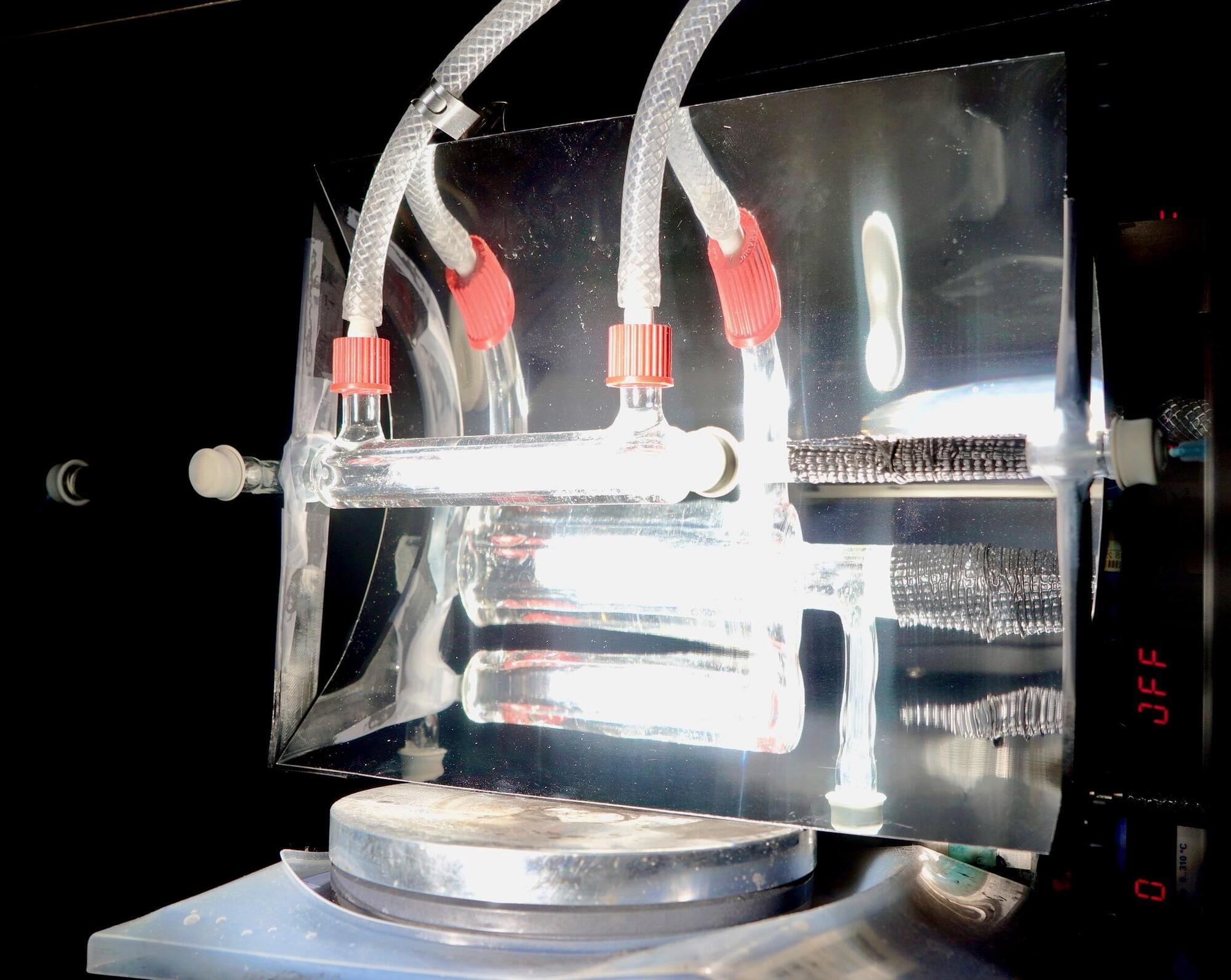This is automating labor in an entirely new way.
Chinese robotics company UBTech has received over 500 orders for its new industrial humanoid robot, the Walker S1.
The Walker S1, officially launched this week, is already operating in factories, including those of BYD, the world’s largest electric vehicle manufacturer. This robot works alongside unmanned logistic vehicles and smart manufacturing systems, making it one of the first in the world to automate large-scale operations to this extent.
China’s manufacturing sector has faced a growing labor shortage, with a projected gap of 30 million workers by 2025. UBTech aims to reduce human labor in automated factories from 30% to 10% by using robots like the Walker S1, focusing human efforts on high-level tasks such as tool management and collaboration. “The idea is to replace around 20% of the workload with humanoid robots,” said UBTech’s chief brand officer Tan Min, highlighting the need for automation as vocational training programs struggle to meet the demand for skilled workers, while younger graduates increasingly avoid blue-collar jobs.
S partnerships with industry giants like BYD, FAW-Volkswagen, and Foxconn highlight the robot’s broad applications in manufacturing, logistics, and electronics. As labor shortages and safety concerns grow, UBTech’s innovative humanoid robots offer a glimpse into the future of automated factories, promising to transform not only automotive production but also other sectors through large-scale automation. ” + learn more https://www.ubtrobot.com/en/humanoid/products/WalkerS1
Image: UBTech







